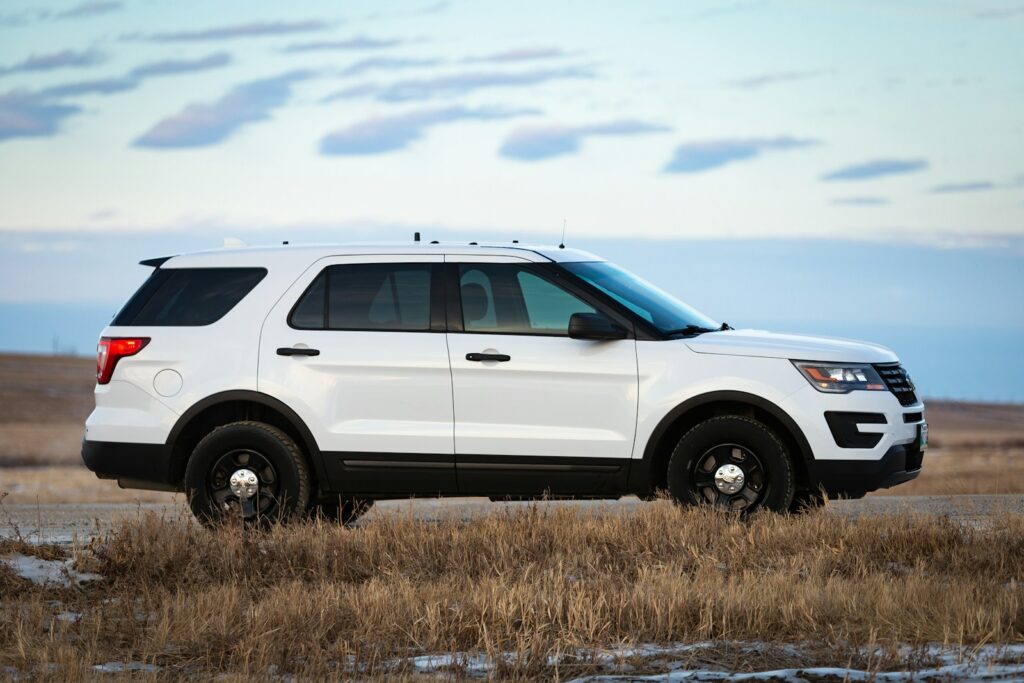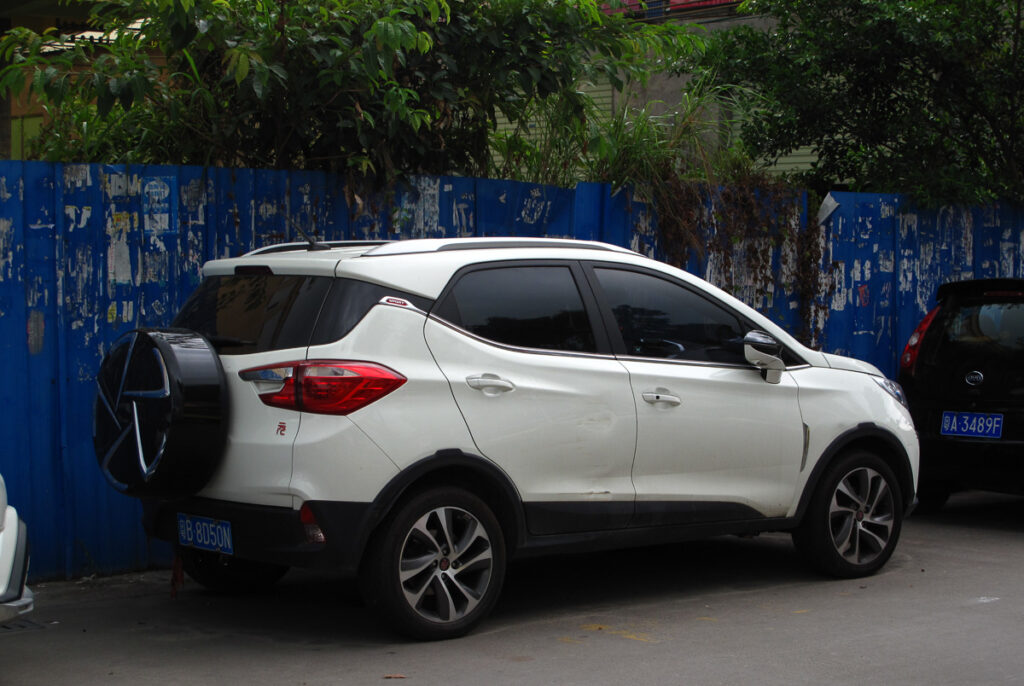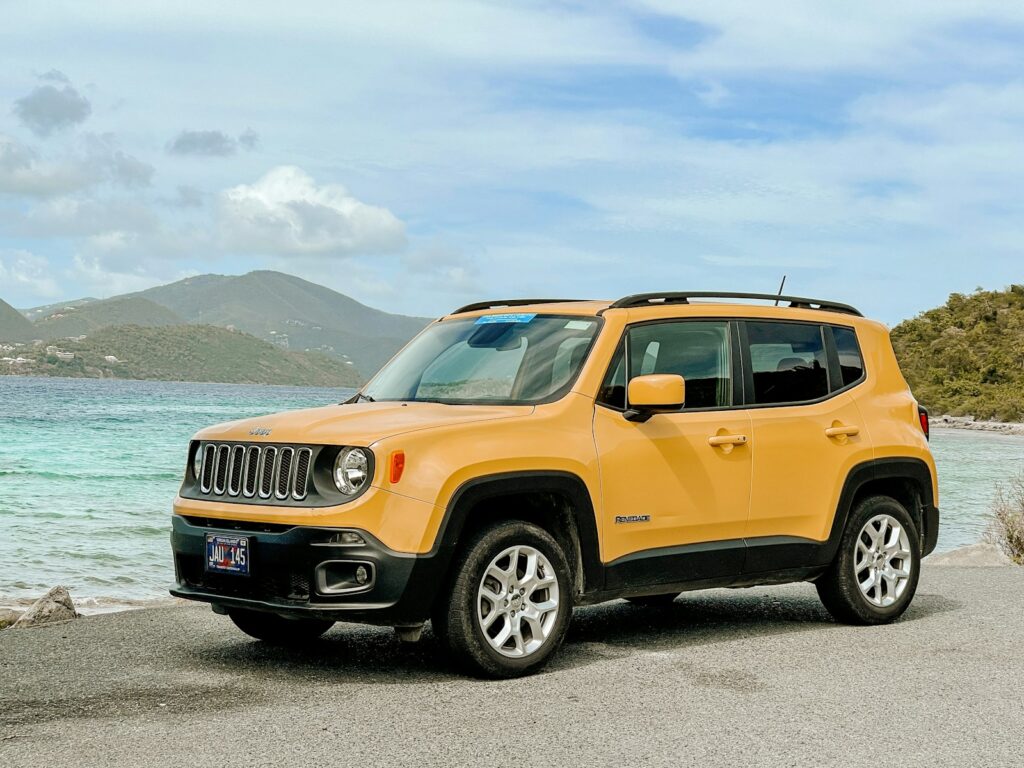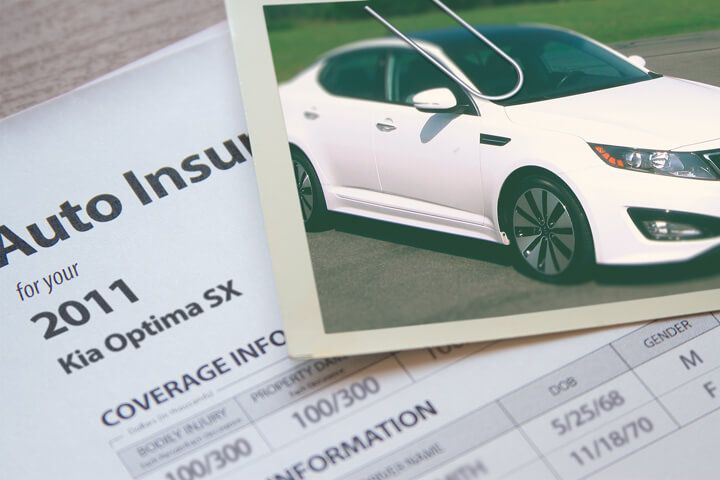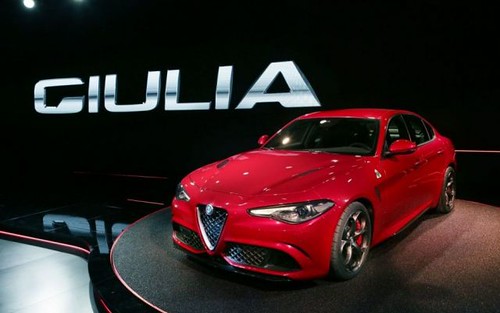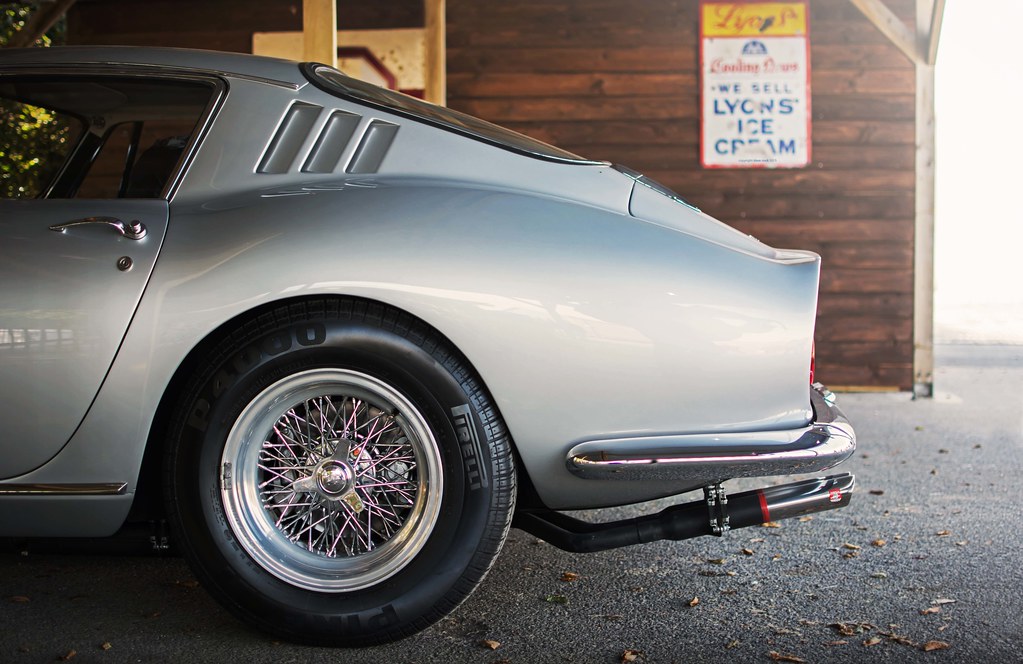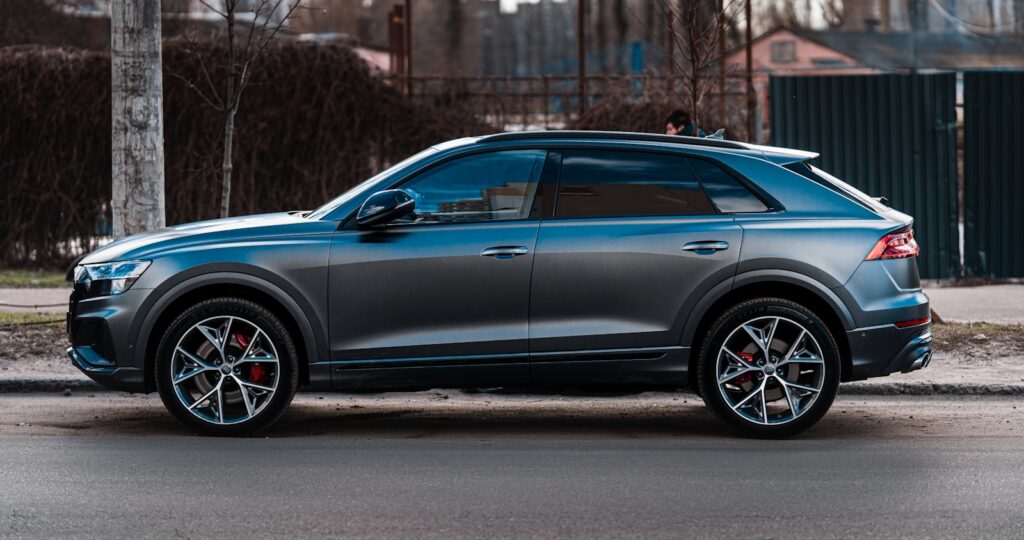
Remember that frustrating traffic jam last summer? Wishing you had something more fuel-efficient to cut down on gas costs? Finding the best hybrid compact SUV 2025 can solve that problem and more. The preference for crossovers and SUVs among consumers today, combined with a growing interest in sustainable and cost-effective driving, has propelled hybrid versions of these versatile vehicles into the spotlight.
This in-depth guide aims to help you navigate the burgeoning 2025 hybrid compact SUV market. We’ll explore top contenders, delve into their features, and provide crucial insights into fuel economy, safety, technology, and overall value. The goal is to empower you to make an informed decision that perfectly matches your lifestyle and budget, ensuring you drive away with a vehicle that brings both efficiency and satisfaction.
From understanding the core differences between hybrid types to dissecting the specifications of leading models, this article will equip you with the knowledge necessary to confidently choose your next hybrid compact SUV. The market has reached an unprecedented maturity, offering American buyers exceptional fuel efficiency without the range limitations often associated with pure electric vehicles, making now an opportune time to consider a hybrid.
1. **Pros and Cons of Hybrid SUVs**Hybrid SUVs present a compelling package for many drivers, primarily due to their excellent fuel economy. This benefit is particularly noticeable in city driving conditions, where the electric motor can frequently assist or even power the vehicle at low speeds, significantly reducing gasoline consumption. Beyond fuel savings, these vehicles offer ample room for passengers and cargo, blending practicality with environmental consciousness.
Plug-in hybrid SUVs (PHEVs) elevate these advantages further, enabling drivers to charge the battery externally. This capability allows individuals with short daily commutes to potentially travel almost entirely on electric power, minimizing gas usage. Depending on the buyer’s location, there may also be attractive tax incentives available for purchasing a hybrid or plug-in hybrid SUV, further reducing the overall cost of ownership. The reduced tailpipe emissions of hybrids also contribute to cleaner air in communities.
However, it’s essential to consider the potential drawbacks. Hybrid battery packs, while designed for longevity, will eventually require replacement, which can represent a significant expense. Furthermore, hybrid SUVs typically exhibit their least efficiency when cruising at high speeds, specifically at 65 mph or higher. Drivers who frequently travel long distances on open roads might not experience the maximal mileage benefits often associated with hybrid technology.
Another factor is the initial price premium. Hybrid SUVs generally carry a higher sticker price compared to their non-hybrid counterparts. This upfront cost could, in some cases, offset the savings gained from reduced fuel consumption, depending on driving habits and gasoline prices. Therefore, a careful cost-benefit analysis tailored to individual usage patterns is crucial before making a purchasing decision.
Read more about: Navigating the Crossroads: How Shifting 2025 Emissions Rules and Policy Debates Reshape America’s Automotive Future and Consumer Choices
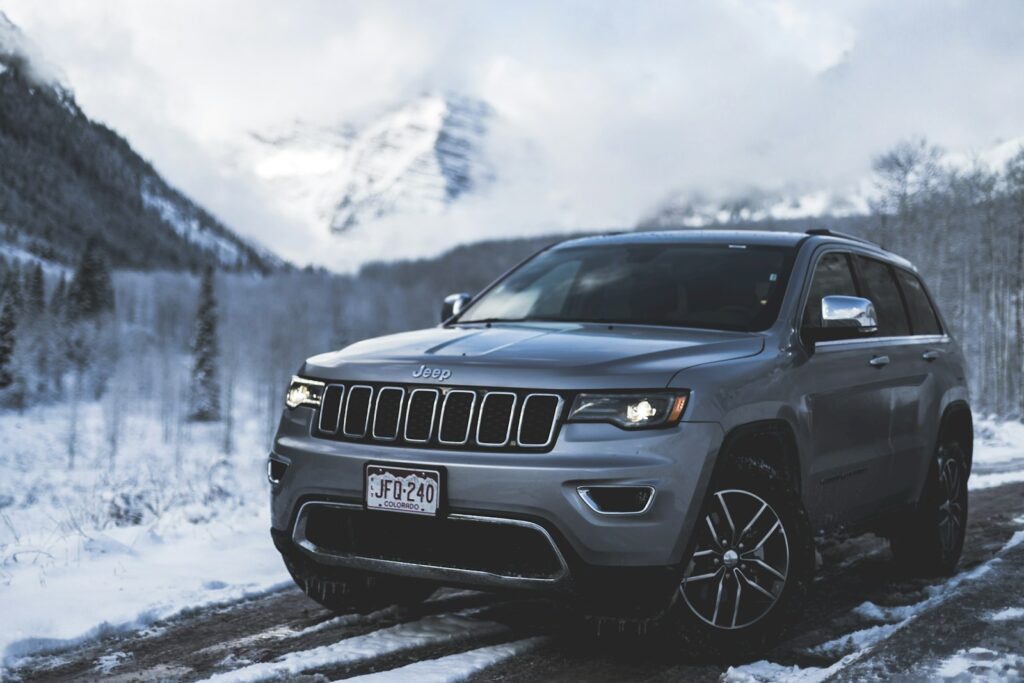
2. **Hybrid vs. Plug-In Hybrid: Understanding the Differences**Distinguishing between conventional hybrids and plug-in hybrids is fundamental for prospective buyers, as each offers a distinct operational philosophy and set of advantages. Conventional hybrids operate primarily with a gasoline engine, which is supplemented by an electric motor. This motor assists in specific driving scenarios, such as low-speed city driving, where it can even power the vehicle solely on electricity for short durations, or provide an additional surge of acceleration when needed.
Nearly all conventional hybrids incorporate self-charging capabilities for their electric batteries. This is achieved through two primary methods: the gasoline engine can act as a generator to replenish the battery, and more commonly, through regenerative braking. During braking, the kinetic energy that would typically be lost as heat is converted into electrical energy and stored in the battery pack, optimizing energy recovery and overall efficiency.
Plug-in hybrids (PHEVs), on the other hand, build upon the conventional hybrid design by introducing an external charging port. This connection allows the battery pack to be charged from an electrical outlet, utilizing either a standard household-style outlet or the faster Level 2 and DC fast-charging connections. The ability to directly charge the battery significantly enhances its electric-only driving range.
Recharging a PHEV battery externally typically provides a short, but useful, all-electric driving distance, often ranging between 10 and 20 miles, before the gasoline engine activates. This feature is particularly beneficial for daily commutes, allowing drivers to complete many trips without consuming any gasoline. Understanding this core difference is vital for buyers to align their vehicle choice with their driving habits and access to charging infrastructure.
Read more about: Navigating the 2025 Market: Edmunds’ Expert Guide to the 12 Best New Cars Under $30,000 for Savvy Buyers
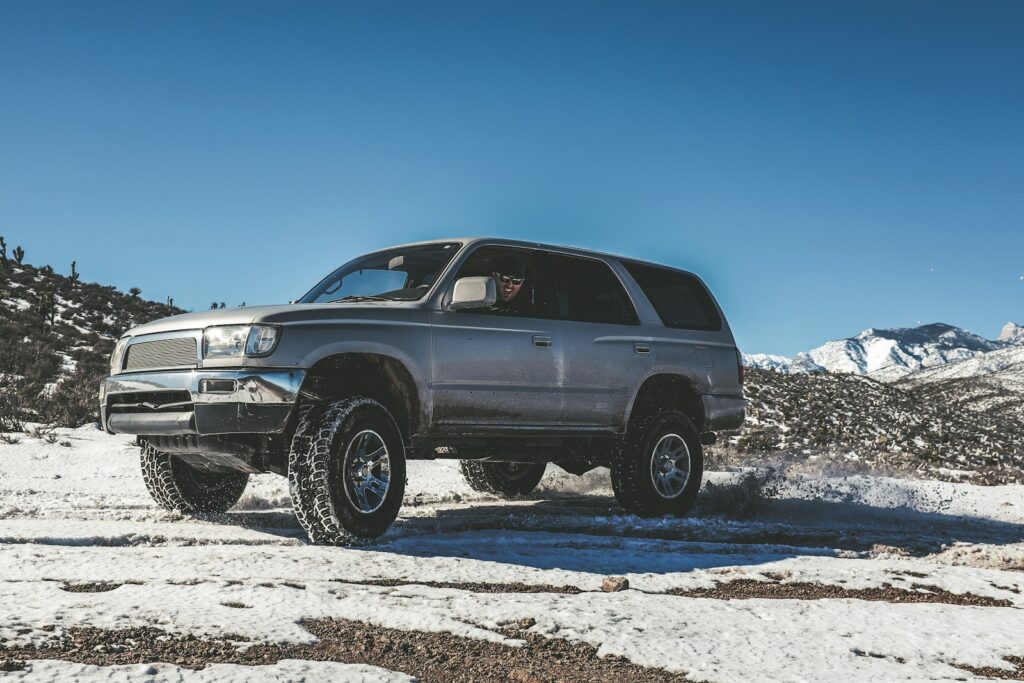
3. **Key Considerations for Choosing a Hybrid Compact SUV**Selecting the right hybrid compact SUV in 2025 requires a careful evaluation of several critical factors beyond just the vehicle’s aesthetic appeal. At the forefront of these considerations is fuel efficiency, which is a primary motivator for hybrid purchases. Shoppers should prioritize models with high combined MPG ratings, encompassing both city and highway driving, as this directly translates into significant long-term cost savings at the pump. It’s also crucial to consult official EPA fuel economy estimates for accurate comparisons between models, although real-world mileage can vary based on driving conditions and individual style.
Safety is another non-negotiable aspect, demanding close attention to ratings from reputable organizations like the IIHS (Insurance Institute for Highway Safety) and NHTSA (National Highway Traffic Safety Administration). Vehicles earning top-tier awards such as the IIHS Top Safety Pick+ indicate superior protection across various crash tests. Beyond passive safety, the inclusion of Advanced Driver-Assistance Systems (ADAS) like adaptive cruise control, lane-keeping assist, automatic emergency braking, and blind-spot monitoring can profoundly enhance accident prevention and driver peace of mind.
Modern technology and a user-friendly infotainment system significantly elevate the driving experience. Prospective buyers should explore the interface, screen responsiveness, and smartphone integration capabilities, such as wireless Apple CarPlay and Android Auto. A large, intuitive touchscreen and a high-quality sound system contribute significantly to daily enjoyment. The seamless integration of these technological features can make navigating, communicating, and entertaining oneself on the go much more pleasant.
Finally, the presence and sophistication of driver assistance features are paramount for contemporary vehicles. Adaptive cruise control, which automatically maintains a set distance from the vehicle ahead, and lane-keeping assist, which gently corrects unintentional lane departures, are invaluable for reducing driver fatigue on longer journeys. Blind-spot monitoring, an essential safety feature, provides crucial alerts for vehicles in obscured areas, further mitigating accident risks. These combined technological considerations are integral to an informed purchasing decision.
Read more about: 2025’s Top Picks: Navigating the Road Safely and Comfortably for Aging Drivers with Advanced Assistance Features
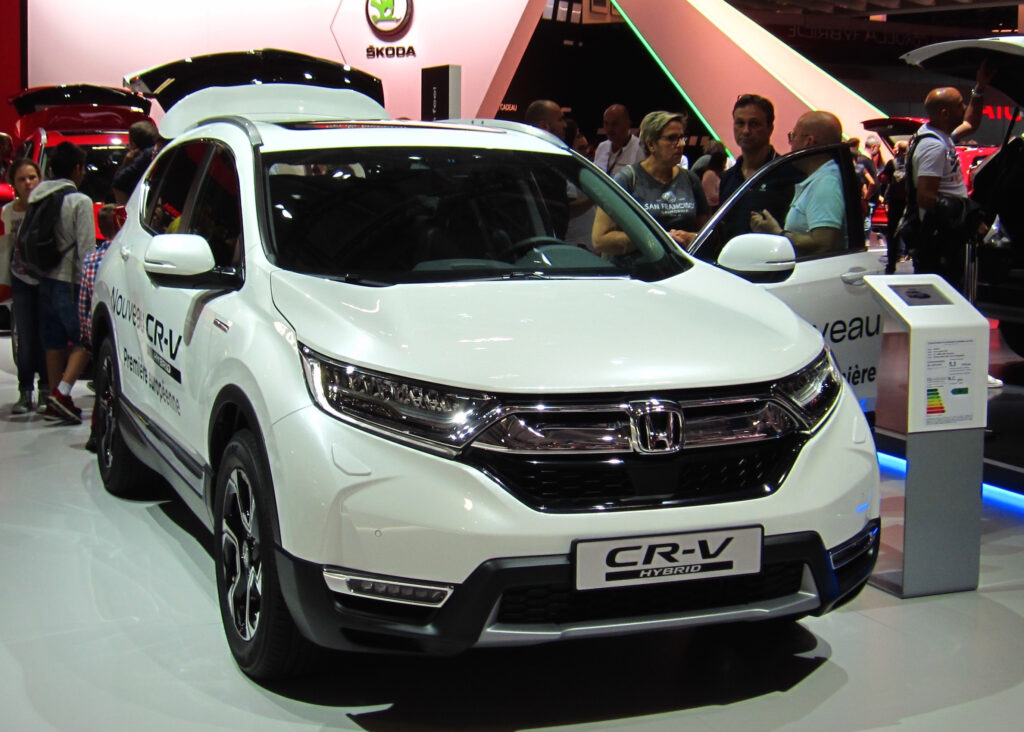
4. **The Overall Leader: Honda CR-V Hybrid**The 2025 Honda CR-V Hybrid currently stands at the pinnacle of hybrid SUVs, earning a remarkable 4.8 out of 5 stars in expert evaluations. This impressive rating is a testament to its comprehensive blend of features, performance, and efficiency. It delivers an excellent 40 mpg combined fuel economy, making it a highly economical choice for daily driving and longer trips alike. Coupled with a robust 204 horsepower combined system output, it offers a refined yet responsive driving experience.
CarVira specifically recommends the CR-V Hybrid for its exemplary execution of hybrid technology. It boasts seamless operation, where the transition between gasoline and electric power is virtually imperceptible, contributing to a smooth and comfortable ride. The vehicle’s practical efficiency means it consistently delivers on its fuel economy promises, and it upholds Honda’s renowned reputation for reliability, providing long-term peace of mind for owners. It’s truly ideal for families seeking efficiency without compromising on capability.
Beyond its core performance, the CR-V Hybrid comes equipped with an impressive array of standard and advanced features. It offers a generous 39.2 cubic feet of cargo space behind the rear seats, providing ample room for luggage, groceries, or sports equipment. The standard Honda Sensing safety suite provides a comprehensive package of driver-assist technologies, enhancing safety on every journey. An intuitive 7-inch touchscreen serves as the central hub for infotainment and connectivity.
Further enhancing its appeal, the CR-V Hybrid includes advanced features such as a real-time AWD system with intelligent torque distribution, ensuring confident handling in varying conditions. Its EV mode allows for silent, emission-free driving at low speeds, perfect for quiet neighborhoods. The regenerative braking system, often with paddle controls, allows drivers to actively manage energy recovery. Additionally, remote engine start with climate pre-conditioning adds a touch of modern convenience, ensuring a comfortable cabin before you even step inside.
Car Model Information: 2023 GMC Sierra 1500 AT4
Name: Honda CR-V ,(sixth generation)
Caption: 2024 Honda CR-V e:HEV Elegance
Manufacturer: Honda
ModelCode: unbulleted list
Aka: GAC Honda
Production: September 2022 – present
ModelYears: 2023–present
Assembly: unbulleted list
Designer: Mitsuhiro Abe
Class: Compact crossover SUV
BodyStyle: SUV
Platform: Honda HA
Related: unbulleted list
Engine: unbulleted list
Drivetrain: unbulleted list
Motor: Permanent magnet synchronous
Battery: ubl
ElectricRange: unbulleted list
Transmission: unbulleted list
Wheelbase: 2700 mm
Abbr: on (e:FCEV)
Length: unbulleted list
Order: flip (e:FCEV)
Width: 1866 mm
Height: convert
Weight: 4460 lb
Layout: Front-engine, front-wheel-drive,Front-engine, all-wheel-drive
Predecessor: Honda CR-V (fifth generation)
Categories: All Wikipedia articles written in British English, Articles with short description, CS1 Chinese-language sources (zh), CS1 Indonesian-language sources (id), CS1 Mexican Spanish-language sources (es-mx)
Summary: The sixth-generation Honda CR-V is a compact crossover SUV manufactured by Honda since 2022, replacing the fifth-generation CR-V. Like its predecessor, the sixth-generation CR-V is available in 5-seater and 7-seater configurations. The sixth-generation CR-V is based on the Honda Architecture (HA) platform shared with the eleventh-generation Civic.
Aside from a 1.5-litre turbocharged petrol engine option, the sixth-generation CR-V is available with three electrified powertrains globally, which are the 2.0-litre petrol with e:HEV/Hybrid power-split hybrid, 2.0-litre petrol with e:PHEV plug-in hybrid, and e:FCEV plug-in hybrid fuel cell.
Get more information about: Honda CR-V (sixth generation)
Buying a high-performing used car >>>
Brand: Honda Model: CR-V Hybrid
Price: $56,980 Mileage: 28,414 mi.
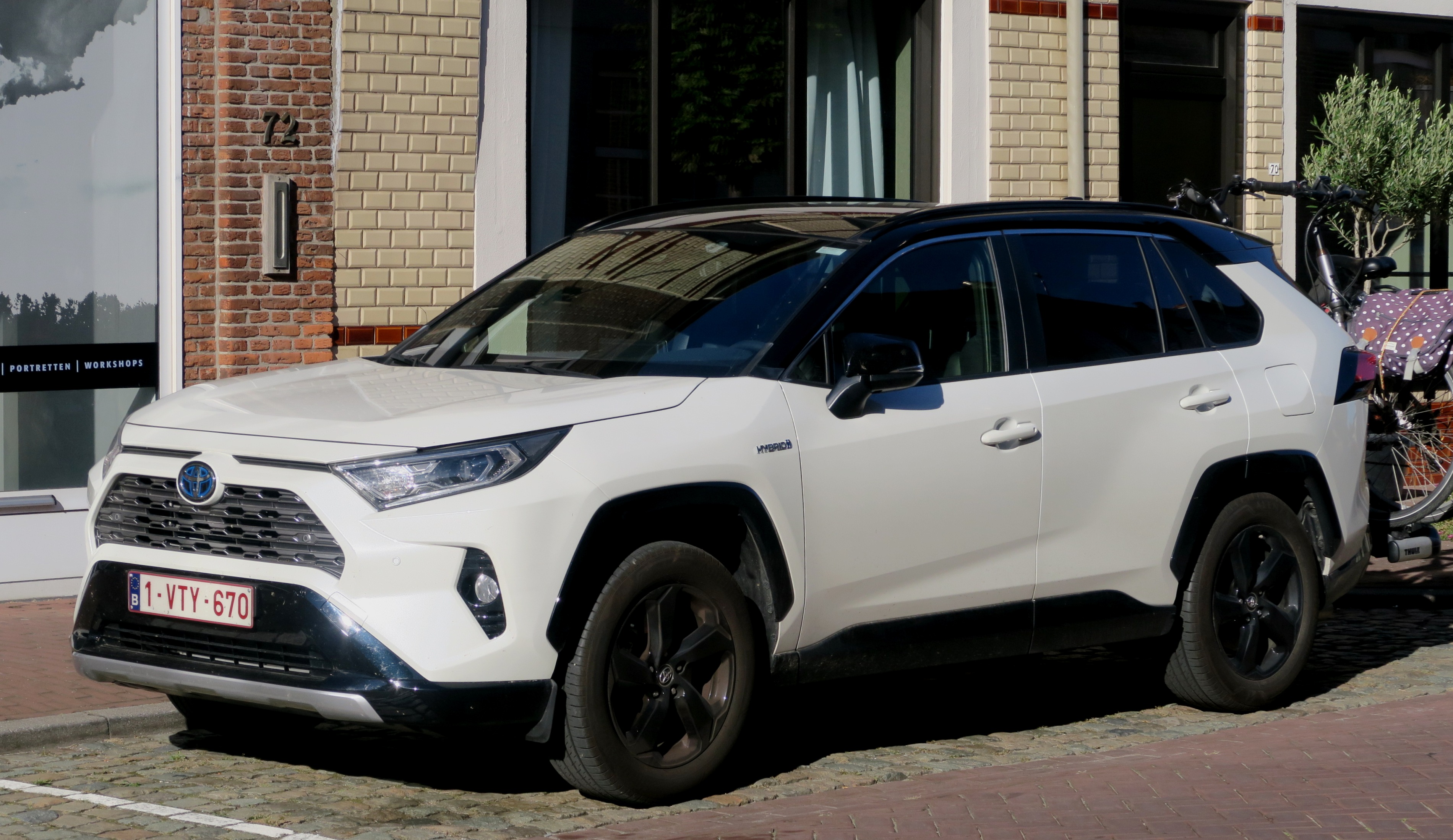
5. **Best Value Hybrid SUV: Toyota RAV4 Hybrid**The 2025 Toyota RAV4 Hybrid consistently earns its reputation as a best-value proposition in the compact hybrid SUV segment. Starting at an attractive price of $32,300, this vehicle delivers a compelling combination of capability and efficiency. It achieves a commendable 39 mpg combined fuel economy, providing substantial savings at the pump, especially for drivers with varied driving patterns. A significant advantage is its standard all-wheel drive (AWD), offering enhanced traction and confidence in diverse weather conditions, a feature often optional or unavailable in competitors.
Toyota’s value proposition for the RAV4 Hybrid extends beyond its competitive pricing and standard features. The brand’s hybrid system has a well-documented history of long-term durability, with many examples surpassing 200,000 miles without significant issues, underscoring its reliability and robust engineering. Furthermore, the RAV4 Hybrid boasts exceptional resale value, often one of the strongest in its class, which contributes to a lower overall five-year cost of ownership. This makes it an incredibly sensible financial choice for many buyers, as only one other vehicle in its class has a lower five-year cost of ownership.
Under the hood, the RAV4 Hybrid is powered by a 219 horsepower combined system output, offering responsive acceleration and ample power for daily driving. Its performance is balanced with its practicality, ensuring a comfortable ride and a spacious interior that appeals to families and individuals alike. The generous interior dimensions make it a pleasant space for both driver and passengers on long trips.
Additional specifications further highlight its versatility. The RAV4 Hybrid offers 8.6 inches of ground clearance, providing a modest capability for light off-road excursions or navigating challenging terrain. It also features a respectable towing capacity of 1,750 pounds, making it capable of handling small trailers or recreational equipment. These attributes solidify the RAV4 Hybrid as a highly capable, efficient, and reliable vehicle that delivers excellent value for its price point.
Car Model Information: 2023 GMC Sierra 1500 AT4
Name: Toyota RAV4
Caption: 2019 Toyota RAV4 LE AWD (AXAA54, US)
Manufacturer: Toyota
Aka: unbulleted list
Production: 1994–present
Class: Compact crossover SUV
Layout: unbulleted list
Categories: 2000s cars, 2010s cars, 2020s cars, All-wheel-drive vehicles, All Wikipedia articles written in British English
Summary: The Toyota RAV4 (Japanese: トヨタ・RAV4, Hepburn: Toyota Ravufō) is a compact crossover SUV produced by the Japanese automobile manufacturer Toyota. It is known for starting the wave of compact crossovers. The RAV4 is one of the best-selling SUVs of all time, having sold over 10 million units by February 2020. In February 2025, the RAV4 replaced the Ford F-150 as the top selling car in the United States, after nearly four decades of the F-150’s reign.
It made its debut in Japan and Europe in 1994, and in North America in 1995, being launched in January 1996. The vehicle was designed for consumers wanting a vehicle that had most of the benefits of SUVs, such as increased cargo room, higher visibility, and the option of full-time four-wheel drive, along with the maneuverability of a mid-size car. The vehicle’s name is an abbreviation of “Recreational Active Vehicle with 4-wheel drive”, or “Robust Accurate Vehicle with 4-wheel drive”, although not all models come equipped with the four-wheel drive system.
For the third-generation model, Toyota offered both short- and long-wheelbase versions of the RAV4. Short-wheelbase versions were sold in Japan and Europe; long-wheelbase versions in Australia and North America. Toyota of Japan also sold the longer-wheelbase version as the Toyota Vanguard (Japanese: トヨタ・ヴァンガード, Hepburn: Toyota Vangādo) at Toyopet Store dealership chain from 2005 through 2016. RAV4 for the Japanese market were sold at two different Toyota dealership chains, Corolla Store and Netz.
Get more information about: Toyota RAV4
Buying a high-performing used car >>>
Brand: Toyota Model: RAV4 Hybrid
Price: $56,980 Mileage: 28,414 mi.
Read more about: Consumer Reports Insights: 12 Top SUVs Proven to Last Over 250,000 Miles for Unrivaled Long-Term Value
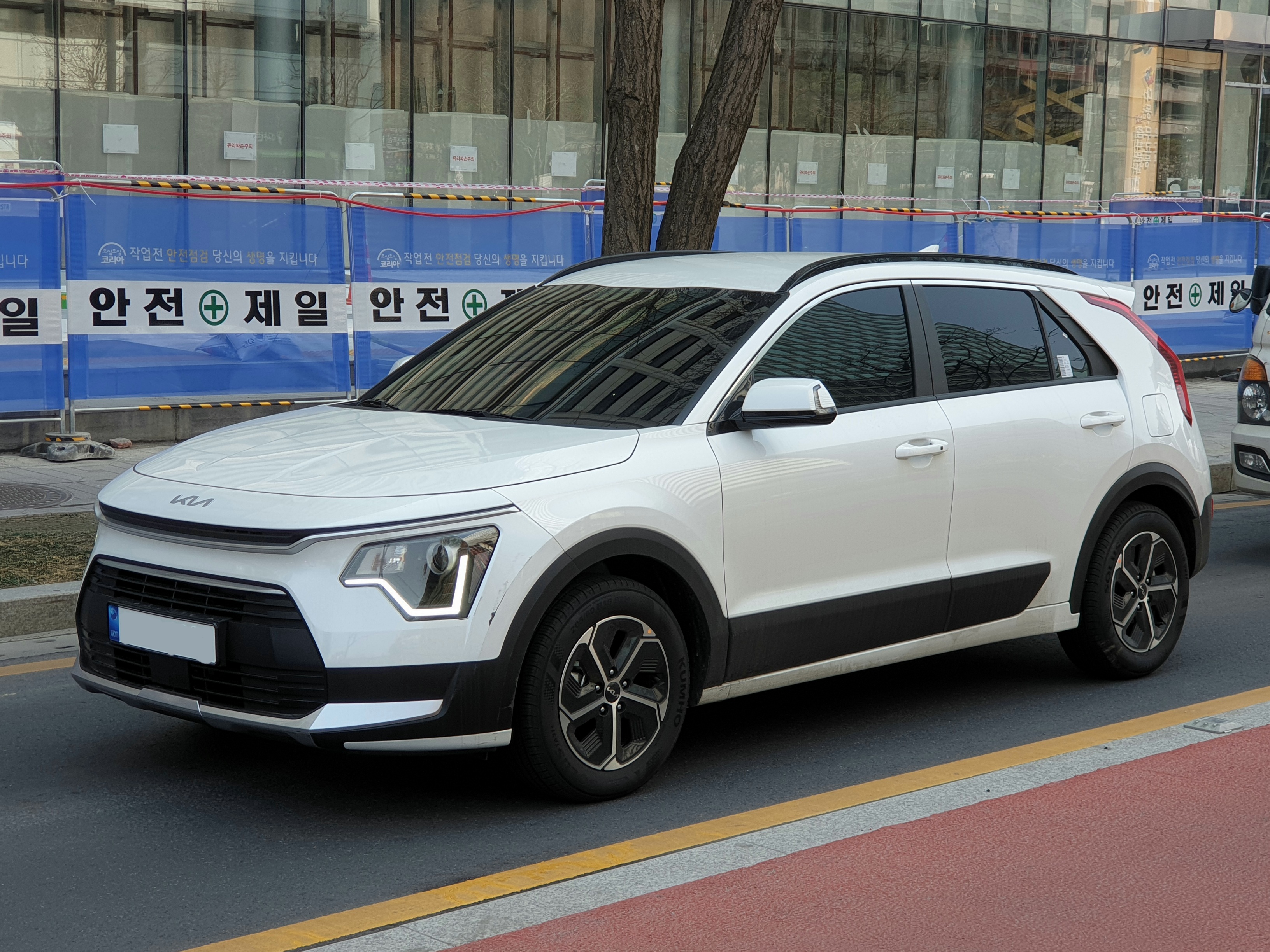
6. **Most Affordable Hybrid SUV: Kia Niro Hybrid**The 2025 Kia Niro Hybrid distinguishes itself as the most accessible entry point into the compact hybrid SUV market, with its entry-level LX trim starting at just $26,990. This significantly undercuts many of its competitors, making hybrid technology more attainable for budget-conscious buyers without compromising on efficiency or essential features. The Niro Hybrid proves that affordability doesn’t mean a sacrifice in key performance areas.
From an affordability analysis standpoint, the Niro Hybrid provides undeniable value. It consistently undercuts its rivals by at least $1,000 to $2,000, presenting substantial upfront savings. Crucially, this lower price point is paired with segment-leading fuel economy, delivering an impressive 43 mpg combined (51 city/45 highway). Our internal cost analysis confirms that the Niro offers the lowest total cost of ownership in the compact hybrid SUV segment, making it an economically sound choice over its lifespan.
Despite its budget-friendly pricing, the Niro Hybrid comes equipped with a capable powertrain. It delivers a combined system output of 139 horsepower, which is sufficient for urban commuting and highway cruising. While not a performance powerhouse, it focuses on delivering consistent, efficient power for everyday driving. The vehicle’s design is also eye-catching, offering a distinctive style that helps it stand out in a crowded market.
Practicality is also a strong suit, with 22.8 cubic feet of cargo space, which is adequate for most compact SUV needs. A key factor in its long-term value and peace of mind is Kia’s robust warranty coverage, including a generous 10-year/100,000-mile warranty specifically for the hybrid battery. This extensive coverage addresses one of the primary concerns many potential hybrid owners have, further solidifying the Niro Hybrid’s position as an outstanding affordable option.
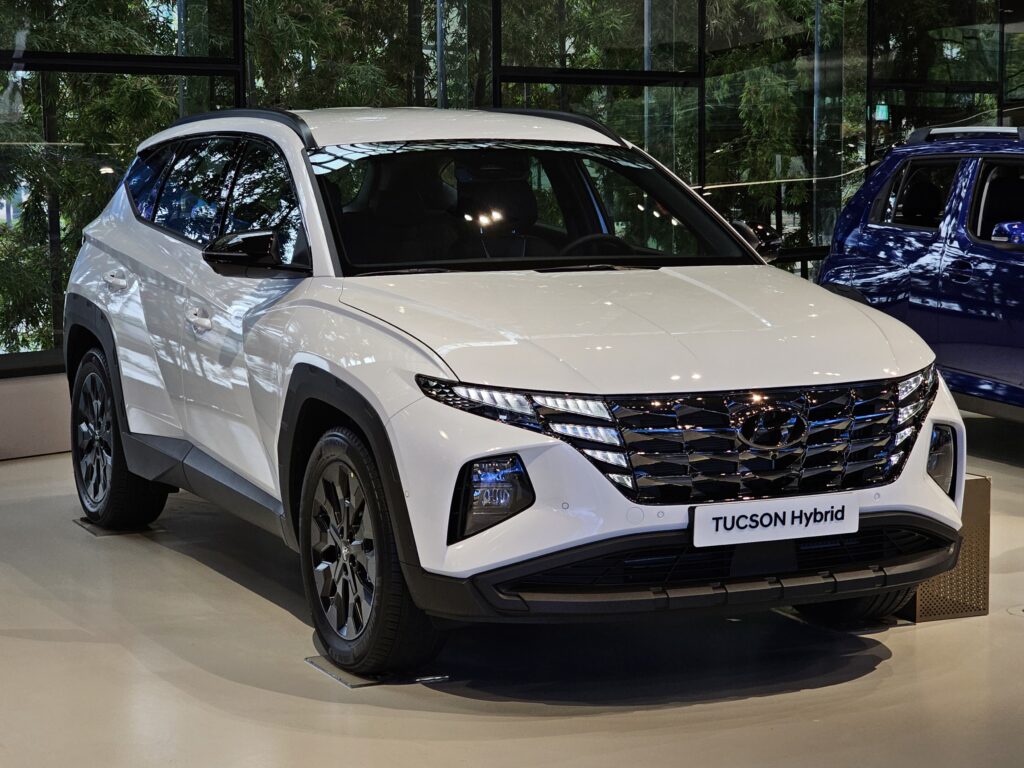
7. **Premium Option: Hyundai Tucson Hybrid**The 2025 Hyundai Tucson Hybrid boasts significant enhancements, making it a more user-friendly and well-rounded SUV. Praised for its efficient fuel economy, comfortable ride, and standard technology features, it’s a compelling modern hybrid. It represents a strong contender in the compact SUV segment, blending practicality with advanced design.
Hyundai’s Tucson Hybrid distinguishes itself with its striking, distinctive styling, setting it apart in a crowded market. Beyond aesthetics, it offers advanced technology and competitive efficiency, packaged within a well-equipped vehicle. The N Line variant adds performance-oriented features while maintaining excellent fuel economy, appealing to drivers seeking a sportier edge.
Under the hood, a turbocharged hybrid system delivers 230 horsepower, ensuring responsive acceleration and a respectable 37 mpg combined fuel economy. Starting around $34,000, it offers strong value. Inside, dual 12.3-inch displays and wireless charging provide cutting-edge infotainment. Safety is prioritized with Highway Driving Assist 2 and a 360-degree camera, enhancing driver confidence and awareness.
Car Model Information: 2023 GMC Sierra 1500 AT4
Name: Hyundai Tucson
Caption: Hyundai Tucson (NX4, SWB)
Manufacturer: Hyundai Motor Company
Aka: Hyundai ix35 (2009–2015)
Production: 2004–present
ModelYears: 2005–present
Class: Compact crossover SUV
BodyStyle: sport utility vehicle
Layout: Front-engine, front-wheel-drive layout,Front-engine, four-wheel-drive layout
Sp: us
Categories: 2010s cars, All-wheel-drive vehicles, All Wikipedia articles written in British English, All articles needing additional references, All articles with dead external links
Summary: The Hyundai Tucson (; Korean: 현대 투싼) is a compact crossover SUV produced by the South Korean manufacturer Hyundai. It is named after the city of Tucson, Arizona, U.S.
The second-generation model was marketed as the Hyundai ix35 in several markets, including Europe, Australia and China, before reverting to Tucson for the third-generation. Since its first-generation, the Tucson has been developed alongside the Kia Sportage, sharing platforms and engines.
The Tucson is the best-selling Hyundai model, with more than 7 million units sold globally since it launched in 2004. Of these, 1.4 million units have been sold in Europe.
Get more information about: Hyundai Tucson
Buying a high-performing used car >>>
Brand: Hyundai Model: Tucson Hybrid
Price: $56,980 Mileage: 28,414 mi.

8. **Luxury Hybrid SUV: Lexus NX 350h**For buyers seeking an elevated, environmentally conscious driving experience, the 2025 Lexus NX 350h is a premier luxury hybrid SUV. It seamlessly integrates premium appointments with efficient hybrid technology, offering refinement without compromise. This model is tailored for discerning drivers appreciating meticulous craftsmanship and advanced engineering.
The Lexus NX 350h delivers an impressive 39 mpg combined efficiency, coupled with a robust 240 horsepower hybrid system. Starting around $45,425, it’s competitive in the luxury hybrid segment. Its serene and sophisticated interior features high-quality materials and exquisite finishes, creating an ambiance of comfort and elegance. Advanced technological features typical of the Lexus brand ensure a connected and intuitive user experience.
Beyond opulent features, this luxury hybrid embodies Lexus’s reputation for reliability and attention to detail. Its combination of efficient performance, sophisticated design, and a well-appointed interior makes the NX 350h a top contender for those demanding environmental responsibility and a premium driving experience, exemplifying masterful hybrid integration into the luxury segment.
Car Model Information: 2023 GMC Sierra 1500 AT4
Name: Lexus NX
Caption: 2023 Lexus NX 450h (AAZH26, US)
Manufacturer: Toyota
Production: August 2014 – present
ModelYears: 2015–present
Class: Compact executive car,crossover SUV
BodyStyle: SUV
Layout: unbulleted list
Categories: 2020s cars, All-wheel-drive vehicles, All Wikipedia articles written in American English, Articles containing Japanese-language text, Articles with short description
Summary: The Lexus NX (Japanese: レクサス・NX, Hepburn: Rekusasu NX) is a compact luxury crossover SUV sold by Lexus, a luxury division of Toyota. Introduced in late 2014, it is positioned between the subcompact UX and the mid-size RX in Lexus’ crossover SUV lineup.
According to Lexus, the name “NX” stands for “Nimble Crossover”.
Get more information about: Lexus NX
Buying a high-performing used car >>>
Brand: Lexus Model: NX 350h
Price: $56,980 Mileage: 28,414 mi.
Read more about: Top 15 SUVs for Every Driver: Your Guide to Finding the Perfect Fit

9. **Debunking Common Myths About Hybrid Compact SUVs**Despite their popularity, hybrid vehicles face enduring misconceptions. This section clarifies these common myths, offering prospective buyers an accurate understanding of hybrid compact SUV ownership. Dispelling outdated notions is crucial for informed purchasing.
One myth: hybrids are too expensive to maintain. While initial purchase prices might be slightly higher, long-term maintenance costs are often comparable or lower. This is due to fewer moving parts and regenerative braking reducing wear on brake pads, contributing to long-term savings.
Another concern: hybrid battery longevity and replacement costs. Modern hybrid batteries are engineered for impressive durability, typically lasting 10 years or over 150,000 miles. Manufacturers provide extensive warranties, significantly mitigating this potential expense and offering peace of mind to owners for the vehicle’s lifespan.
Finally, the notion that hybrids are sluggish or lack performance is outdated. Technological advancements dramatically improved performance. Today’s hybrids offer acceleration and handling comparable to gasoline counterparts, often surpassing them in immediate torque delivery, all while maintaining superior fuel economy.
Read more about: Why Your Idling Car is a Secret Fuel Thief: Uncovering the Hidden Costs and Practical Solutions for Every Driver
10. **A Thorough Cost of Ownership Analysis**A comprehensive cost of ownership analysis is essential for hybrid compact SUVs, extending beyond just the sticker price. Fuel savings, maintenance, and insurance significantly influence total financial outlay. Understanding these elements empowers buyers to make an economical choice aligned with their budget.
Fuel savings are a major hybrid advantage. Driving 15,000 miles annually with gas at $3.50/gallon, a conventional SUV (25 mpg) costs $2,100, while a hybrid SUV (40 mpg) costs $1,313, saving $787 annually. Compact hybrid cars save around $700. Hybrid owners often recover their initial price premium within 2-3 years through these ongoing savings.
Hybrid vehicle maintenance is similar to conventional cars, covering oil changes, tire rotation, and brake fluid service. Reduced brake pad replacement frequency is a key difference, thanks to regenerative braking, which converts kinetic energy into electrical energy. Additional, less frequent services include hybrid battery cooling system checks and high-voltage safety inspections.
Insurance for hybrids typically incurs a 5-10% higher premium compared to their conventional counterparts due to specialized repair requirements. However, this added cost can often be offset by ‘green vehicle’ discounts from some insurance providers, making the overall impact manageable for environmentally conscious buyers.
Read more about: Is the 2025 Honda HR-V a Practical City Crossover? An In-Depth Consumer Reports Review
11. **Review of Technological Features and Future Developments**Hybrid powertrain technology has dramatically evolved, offering sophisticated, seamlessly integrated systems. Modern hybrids blend electric motors with gasoline engines, delivering immediate torque, improved fuel efficiency, and enhanced driving dynamics. This provides an efficient, engaging experience, comparable to conventional powertrains, while achieving 40-60% better fuel economy. Different manufacturers employ distinct hybrid system types: Toyota’s Hybrid Synergy Drive offers reliability and efficiency; Honda’s i-MMD System provides strong performance and refinement; Hyundai and Kia hybrids are noted for advanced features, competitive efficiency, and comprehensive warranties.
In-cabin technology in modern hybrids offers advanced infotainment and connectivity. Honda models feature Google built-in integration, intuitive operation, and seamless wireless connectivity. Toyota vehicles present a traditional, reliable interface with comprehensive smartphone integration. Hyundai and Kia options excel with large displays, advanced graphics, and extensive features, appealing to tech-savvy drivers.
Looking ahead, plug-in hybrid electric vehicles (PHEVs) significantly advance hybrid evolution, combining robust electric driving with traditional hybrid efficiency. Models like the Toyota RAV4 Prime offer an impressive 42-mile electric range with hybrid backup. Honda’s CR-V PHEV is anticipated for 2026, while the Hyundai Tucson PHEV provides a substantial 33-mile electric range and turbocharged performance.
Further battery technology advances continually improve the hybrid experience. Newer batteries boast improved energy density, allowing better performance in smaller packages. Enhanced durability means modern hybrid batteries routinely exceed 200,000-mile lifespans. Additionally, plug-in hybrids benefit from faster charging capabilities due to improved onboard systems, enhancing daily convenience.
Read more about: Is the 2025 Honda HR-V a Practical City Crossover? An In-Depth Consumer Reports Review
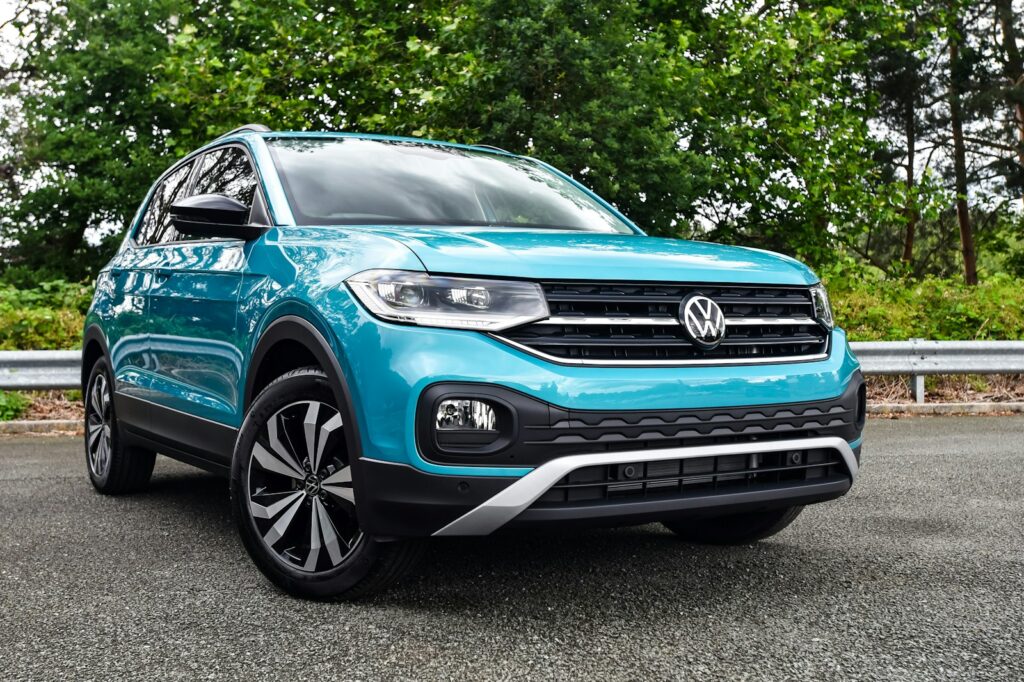
12. **Regional Buying Factors for US Buyers**US buyers considering a 2025 hybrid compact SUV should evaluate regional factors. Local climate can influence performance, while state-specific incentives and benefits may reduce overall cost. Tailoring the choice to one’s locale optimizes economic and practical benefits.
Climate notably impacts hybrid performance. While hybrids perform well in cold temperatures, fuel economy may decrease 10-15% in freezing conditions. Modern hybrids include battery warming systems to maintain optimal performance. Hot weather offers unique benefits, as hybrids can power AC on electric power while stopped, enhancing comfort and minimizing engine wear.
State-specific incentives significantly enhance hybrid ownership. California offers HOV lane access and rebates for qualifying hybrids. New York provides state rebates up to $2,000 and reduced registration fees. Colorado has tax credits and reduced emissions testing. Texas, with no state income tax, maximizes federal deduction benefits. These regional advantages can substantially reduce effective cost and enhance convenience.
**The Hybrid Advantage in 2025: A Seamless Future on Wheels**
The 2025 hybrid vehicle market showcases a technology fully matured, evolving from niche to mainstream. Today’s hybrids deliver seamless operation, impressive fuel economy, and enhanced performance, without the range limitations or extensive charging infrastructure of pure electric vehicles. They offer an elegant solution for American buyers embracing efficiency without a complete lifestyle overhaul.
Models like the Honda CR-V Hybrid and Civic Hybrid exemplify how hybrid technology elevates the driving experience, providing remarkable efficiency and dynamic performance. For value-seekers, the Toyota RAV4 Hybrid and Corolla Hybrid demonstrate that significant fuel savings and reliability don’t require premium pricing, making advanced technology accessible. Proven reliability, backed by robust warranties and widespread service, addresses hybrid ownership longevity concerns.
Read more about: A Bygone Era: 16 Engine Types You’ll Rarely Hear Sputtering Today, Reshaping History
Fundamentally, hybrid propulsion’s advantages—superior fuel economy, reduced emissions, enhanced low-speed torque, and improved overall performance—make these vehicles exceptionally attractive for diverse buyer needs. Whether prioritizing maximum efficiency, family utility, or driving enjoyment, the 2025 hybrid market provides outstanding options without compromise. For American drivers seeking immediate financial savings and environmental benefits without pure EV limitations, hybrids represent the optimal choice in today’s automotive landscape.


